We caught up with the brilliant and insightful Oltree Hui a few weeks ago and have shared our conversation below.
Alright, Oltree thanks for taking the time to share your stories and insights with us today. Let’s kick things off with talking about how you serve the underserved, because in our view this is one of the most important things the small business community does for society – by serving those who the giant corporations ignore, small business helps create a more inclusive and just world for all of us.
My practice serves an underserved community, specifically students in Los Angeles public education, particularly within schools that often struggle with significant resource limitations.
During my time teaching design at public schools, I was often struck by the pervasive underfunding in public education; these students were eager to learn but were faced with inadequate facilities and limited access to technology.
I came to understand that delivering effective lectures alone is not sufficient; the primary focus, or what I like to call the ‘design thinking of education,’ is to create a curriculum that works within existing constraints. Recognizing the urgent need for a relevant and engaging educational experience, I developed a program tailored to these limitations.
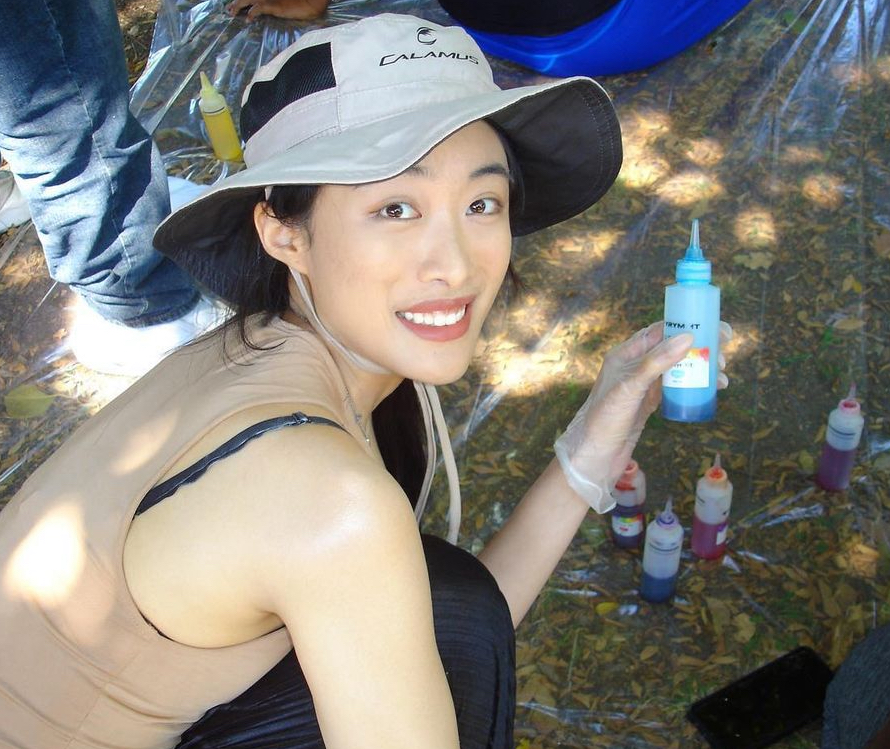
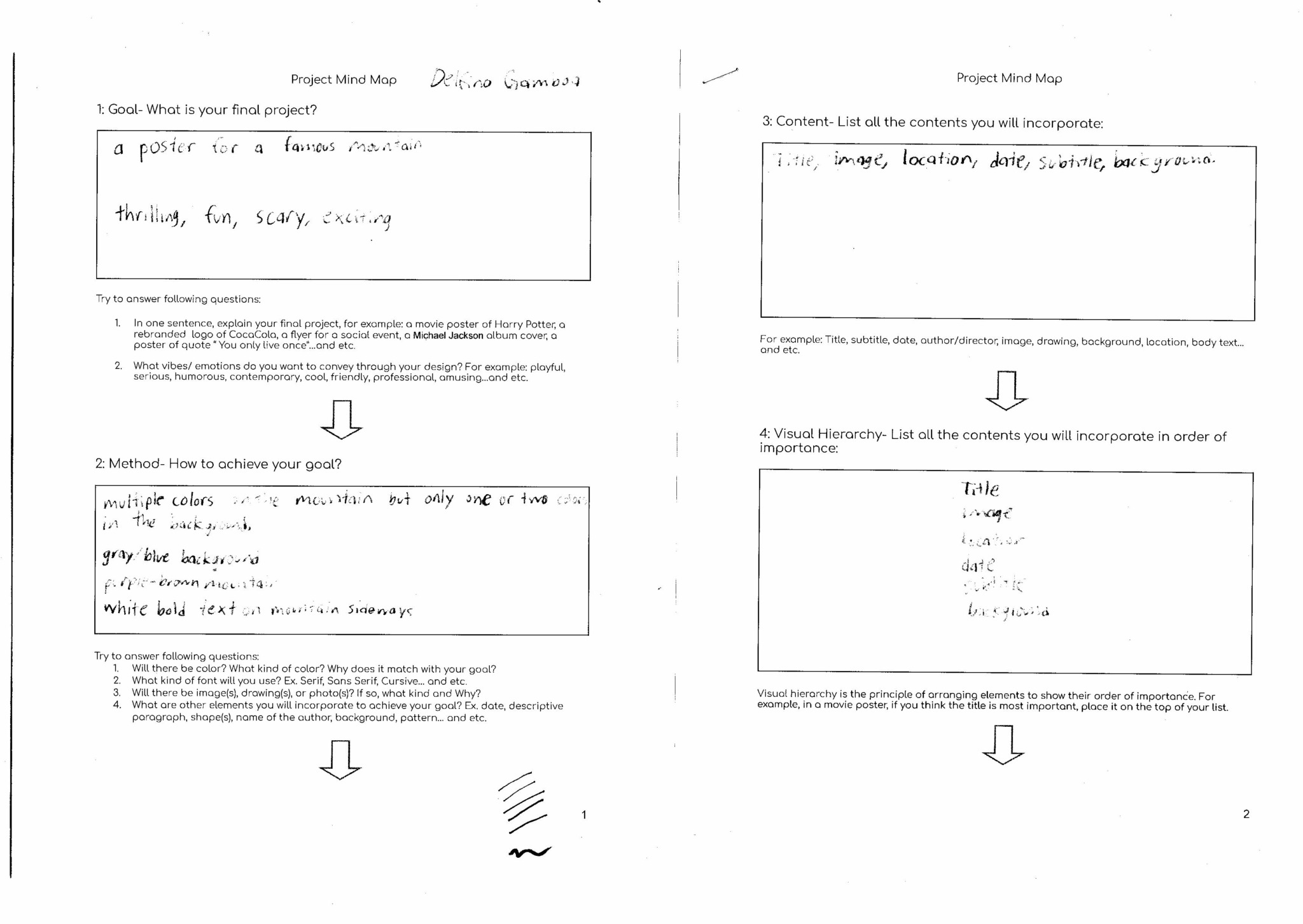
As always, we appreciate you sharing your insights and we’ve got a few more questions for you, but before we get to all of that can you take a minute to introduce yourself and give our readers some of your back background and context?
From a young age, I knew I wanted to be a teacher. However, my perspective on education has evolved significantly over time. I’ve come to understand that teaching is far more complex than I once imagined, which has inspired me to contribute to meaningful change within the education system. To achieve this, we actively collaborate with schools and organizations to share and implement our teaching methodologies.
To share one experience, I want to talk about our collaboration with a charter high school in LA that highlight the importance of adapting education to meet the unique needs of underserved community. After observing the environment and existing class structure, we realized that, rather than relying on traditional lectures—which often proved impractical due to time constraints and limited resources—we decided to not only give lessons, but also design a series of teaching materials that were thoughtfully designed, informational, and sustainable. These materials not only served as effective educational tools but also reflected educators’ genuine care for their students. They were created to enable students to connect theoretical concepts with real-world applications, such as redesigning local businesses, creating posters, designing identities for their communities, and more. This empowered students to articulate their ideas and express their personal and communal identities through design.
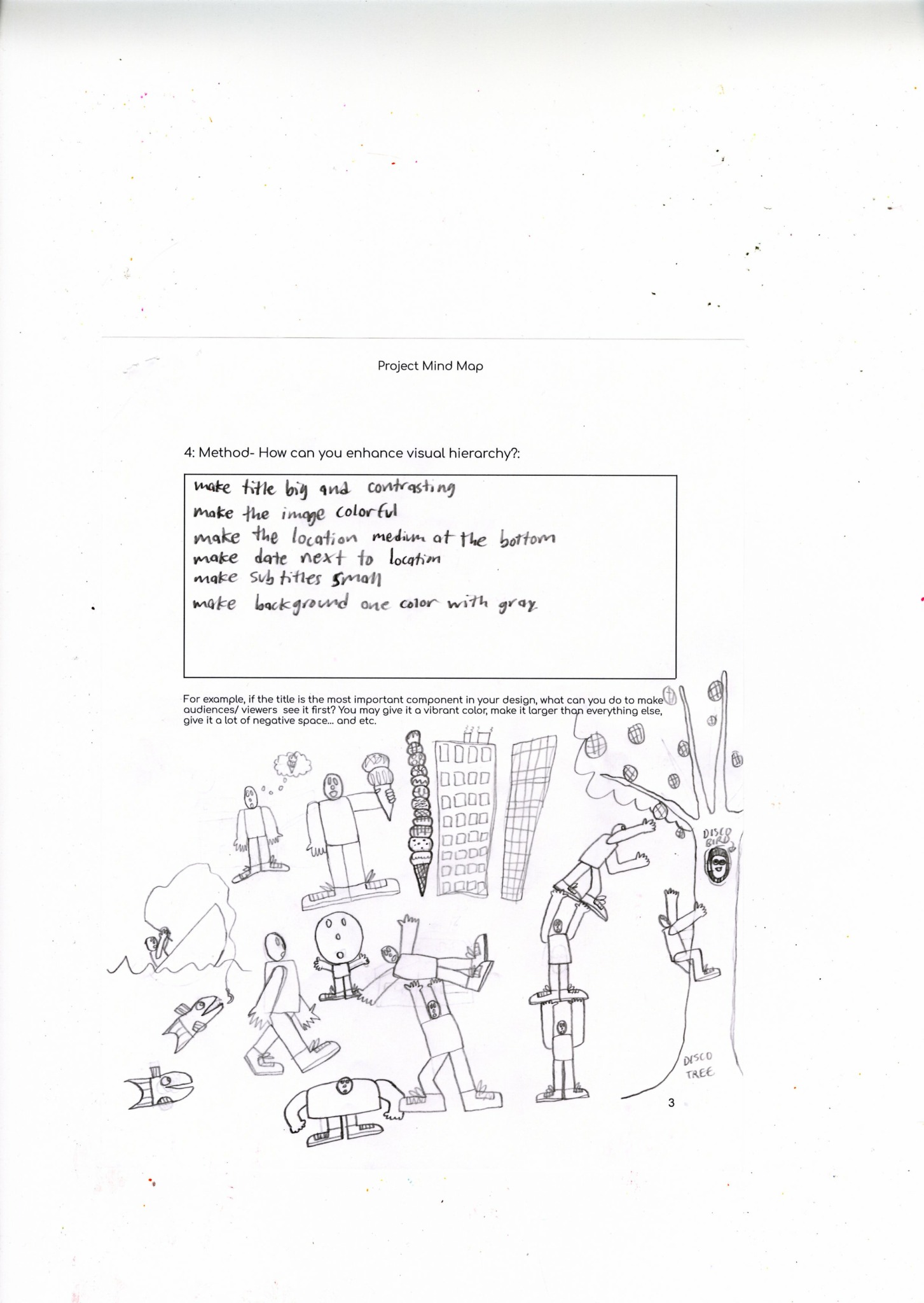

What do you think is the goal or mission that drives your creative journey?
Through my work, I strive to develop teaching methods and materials that go beyond traditions. Our mission is to create meaningful changes in education by making it more accessible, engaging, and relevant, particularly for underserved communities. I’m driven by the belief that education should empower students to connect what they learn in the classroom to real-world applications, helping them to express their personal and communal identities. Teaching matters to me, because I firmly believe that investing in their education and creativity, is investing in our shared future.

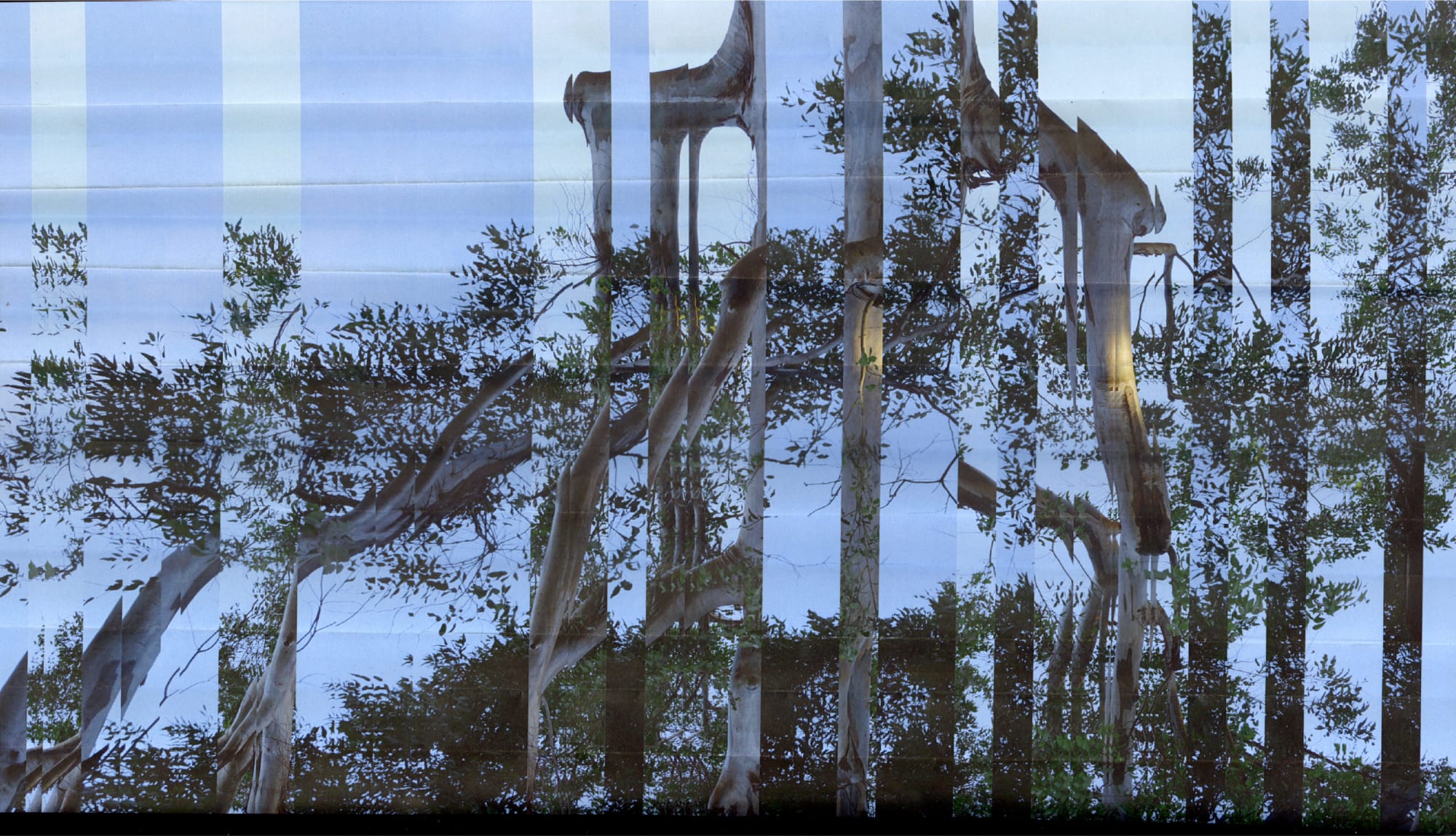
What’s a lesson you had to unlearn and what’s the backstory?
The lesson I needed to unlearn was that being an effective teacher means always having control and sticking to the plan. Early in my teaching journey, I believed that structure and predictability were the cornerstones of success in the classroom. I had meticulously planned a lesson about speculative design, but as I began, I noticed that the students weren’t connecting with it as I had envisioned. Their energy felt disengaged, and their questions veered far from my plan. Initially, I resisted—it felt like losing control. But then I paused, listened, and realized that what they were asking wasn’t random; it was their way of trying to make the material relevant to their lives.
So, I set my lesson plan aside and reframed the discussion around their ideas. Together, we turned the session into a project about redesigning existing spaces that they care about. This pivot not only energized the students but also taught me that teaching isn’t about rigid control—it’s about responsiveness and trust. That moment taught me to unlearn the need for perfection and embrace the unpredictability of the classroom. It reminded me that education is a two-way street, where adapting to students’ needs often creates the most meaningful learning experiences.
Contact Info:
- Website: https://projectarchive.art.calarts.edu/project/on-ways-of-seeing/
- Instagram: oltreehui
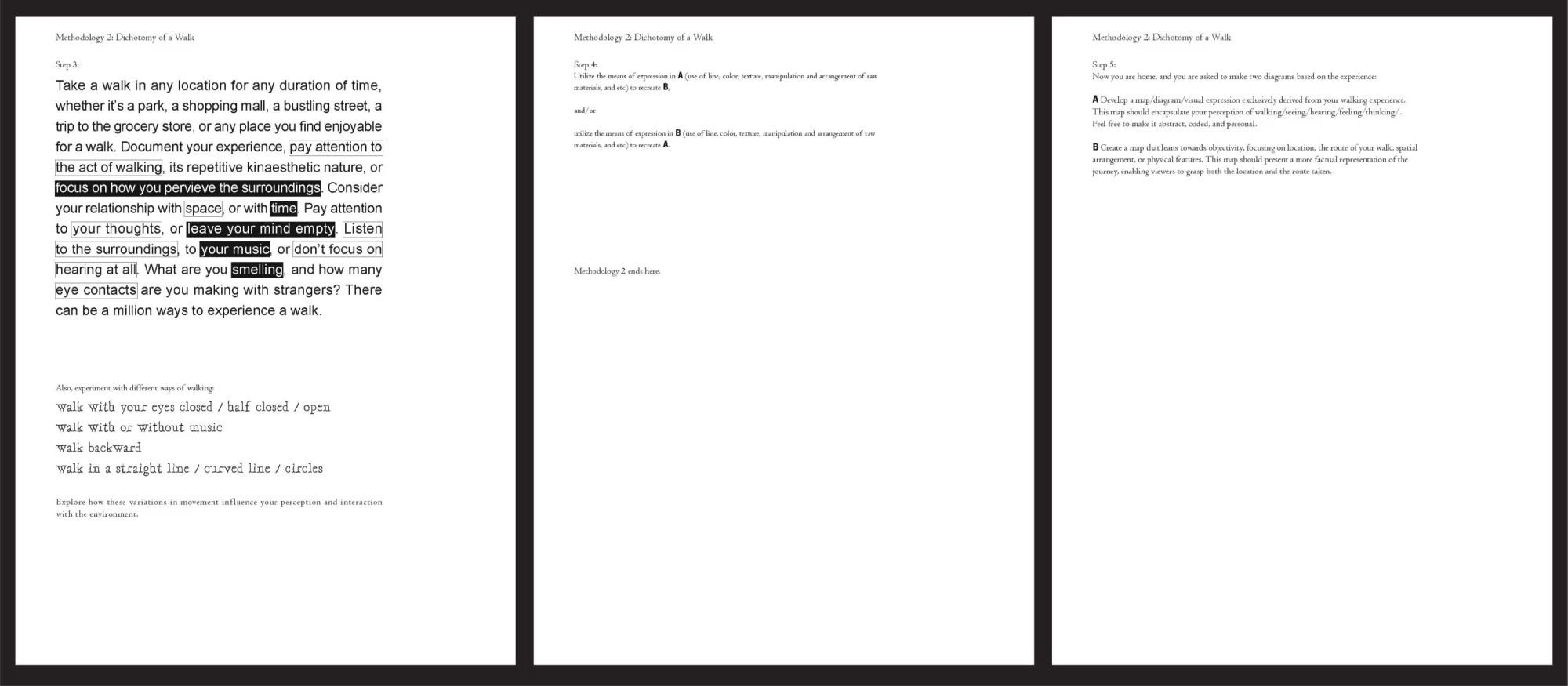
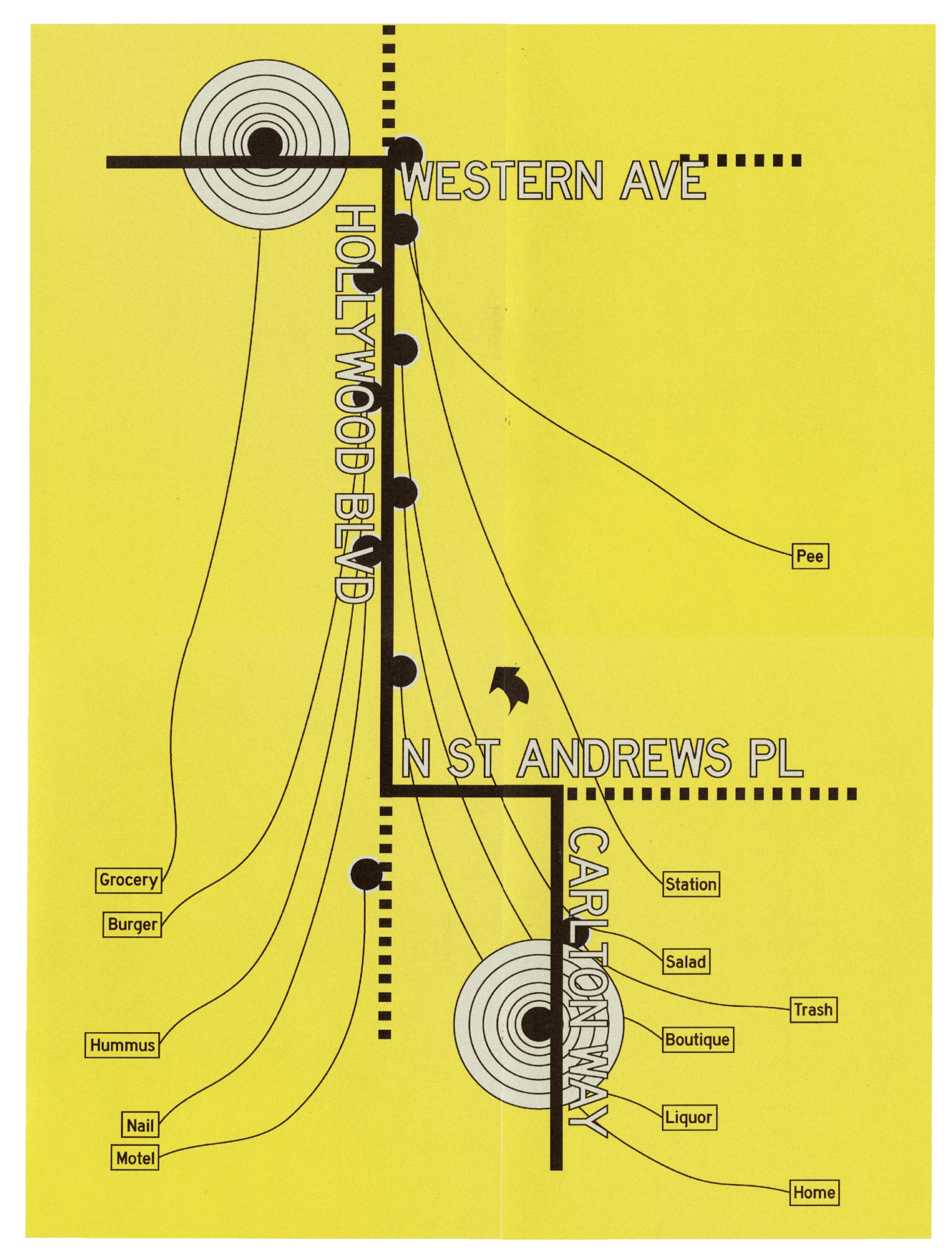
Image Credits
Zoe Liu


